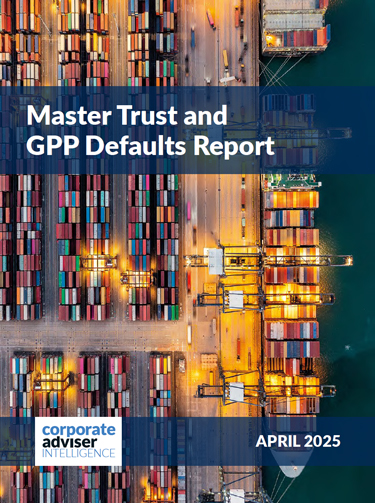These covered those with younger membership profiles and those with assets just above the PPF threshold.
Barnett Waddingham estimates that, if these changes had been applied in time for this year’s levy, some schemes would have seen their levy fall by around 80 per cent. But this would have been countered by the increase payable by other schemes, it adds.
It is proposed that the new assumptions will come into force for valuations completed after 31 October 2009 with two main changes – the life expectancy assumptions are being increased to allow for recent longevity research and the financial assumptions are being weakened following discussions with participants in the bulk annuity market.
Paul Jayson, a partner at Barnett Waddingham says: “Although the new assumptions would be expected to reduce a scheme’s ’protected liabilities’, the PPF has a fixed amount that it needs to raise in levies each year and so these changes will only serve to reallocate, rather than reduce the levy. Whether a scheme gains or loses depends on the structure of the PPF’s model. The bigger issue is the impact of the recession, which has meant several large schemes will now no longer be paying the levy. This will increase the burden on all schemes that remain eligible to pay it.”




